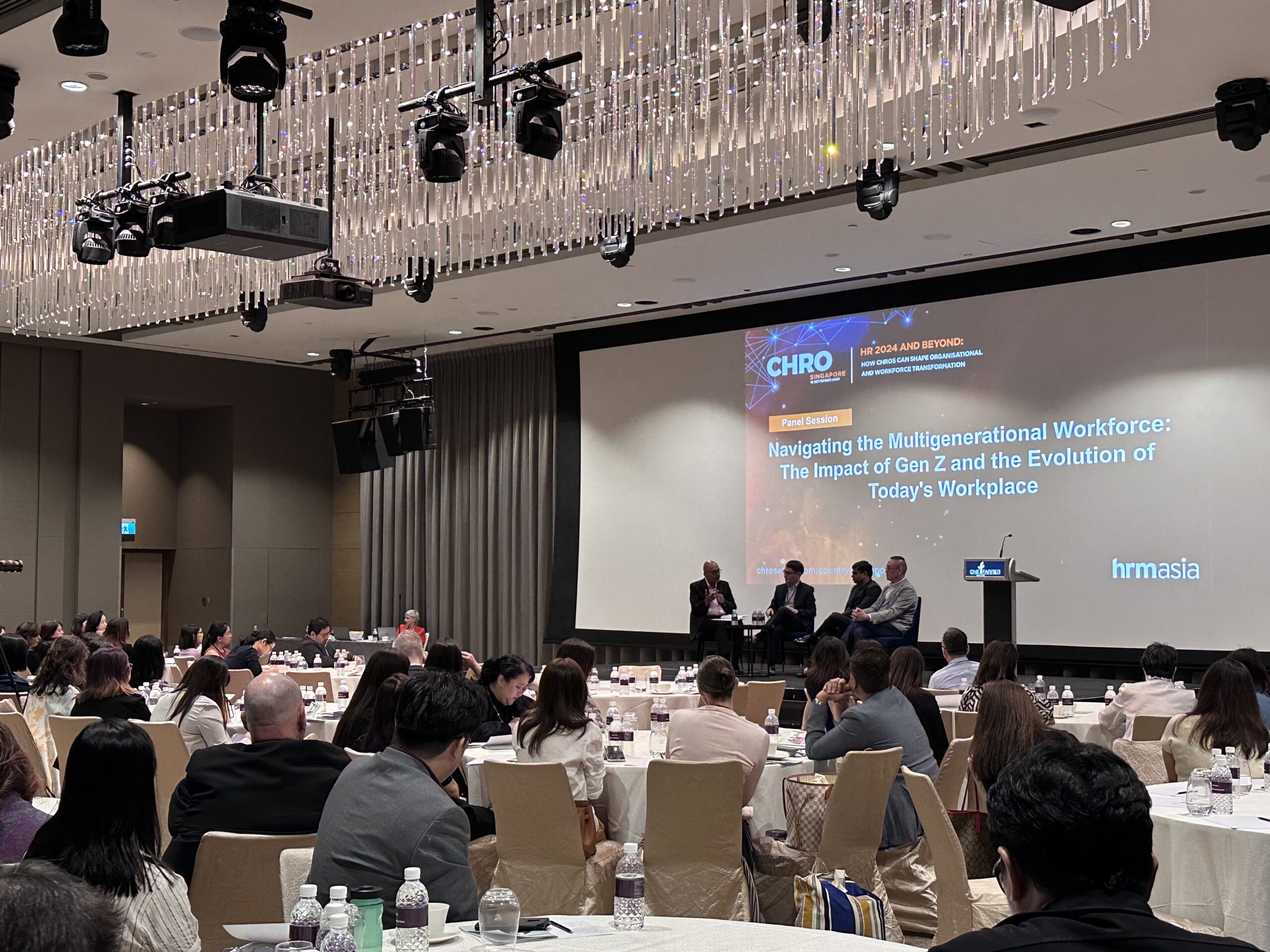The digital workplace of the future needs HR and IT to work together
- HRM Asia Newsroom

| About the Author |

Ramanan Ramakrishna is the Head of Service Portfolio & Innovation – Digital Technology Services at Fujitsu. |
As digitalisation and disruptive technology change the way businesses operate, businesses in Singapore continue to face challenges in recruiting and retaining talent with digital skillsets.
Based on a Fujitsu survey of 1,625 business leaders, more than two-thirds (68 percent) of the respondents in Singapore admit a digital skills shortage.
Even as the Labour Movement embarks on a year-long study to define how workers can be trained as their workplaces undergo changes, companies can start putting in place a HR strategy to support their staff as they embrace the digital workplace of the future.
A break with tradition
The word ‘digital’ is so strongly associated with the screens and programs so many of us live our lives through today that it’s easy to gloss over the fact that – ultimately – these technologies are created by and for us as people.
Spurred on (or perhaps unshackled) by access to new technologies, people’s expectations are increasingly – and rapidly – moving away from the established traditions of work.
The attitude of the current workforce is very different to that of previous generations as well. Not only are employees more socially conscious, they feel more free to move around and far less attached to the idea of working for a single company or progressing in a singular direction.
It’s a freer, more agile approach – and one that modern workplaces need to cater for.
However, as logical as this move towards greater tech-enabled flexibility and productivity may appear, in reality it represents largely unexplored territory for most companies.
Businesses have spent years establishing working processes now being forcibly undone by a combination of technology and employees’ expectations.
These changes are being felt all the way from an individual employee level right up to the very identity and meaning of what it is to be a corporation in 2018.
At a company level, this raises questions about whether large corporations are simply those with lots of employees – or should those with far fewer employees but comparable (or rapidly growing) market share and capitalisation be considered in the same way too?
For employees, Automation and AI are changing how they spend their time – as machines take on the bulk of admin-heavy tasks. Gartner predicts that work teams will keep getting smaller and more flexible, and that the idea of responsibility (for work delivery, other employees etc.) and the remuneration associated with it will shift too.
Digital transformation, meanwhile, means that companies work increasingly collaboratively with one another. Additionally, the boom in the so-called ‘gig economy’ is an example of how the idea of what a corporation is shifting with the times – particularly with regards to the relationship between business and employee.
These aren’t all bad things, per se, but this kind of disruption is by its nature not always a smooth thing to incorporate into established corporations.
The result is a notable degree of uncertainty for senior decision makers in IT and HR tasked with plotting the future of the businesses and employees they’re responsible for.
Taking practical steps
| HRdirectors can lead the way in recognising the changing shape and fluidity of the workforce – adapting to it and actively promoting people within it. |
So how can CIOs and HR directors plan for this uncertain future? What can they do to ensure their future workplace strategies strike a balance between adopting smart new technologies and remaining people-centric?
First and foremost, this challenge needs to be treated as a joint one. The people calling the shots in HR and IT departments need to work together and in dialogue to establish the shared goals that they can work towards in unity.
Beyond that, there are more specific things that IT and HR departments can aim to deliver alike.
HR directors can lead the way in recognising the changing shape and fluidity of the workforce – adapting to it and actively promoting people within it. For many, it’s the way they are able to get work done that proves more satisfying than the work itself.
When seeking new hires, or freelancers to complete work, decision makers should look for aptitude and attitude over a list of skills that can be picked up on the fly (often thanks to technology).
Equally, both IT and HR have a role to play in enabling this constant skilling and reskilling of people. Providing people with opportunities to grow as individuals is increasingly much more of a draw for prospective new employees than traditional attractions like pay packets and job security.
In simple terms, these measures centre on treating people as people and not just deliverers of work. This links with the benefits of pushing for greater corporate social responsibility – allowing employees to connect more meaningfully with the company they work for.
CIOs can provide support for this with more algorithmic productivity measurements and enhancements, and adapt to applying more modular work breakdown structures.
Additionally, IT departments need to incorporate the flexibility and openness that this new generation of employees require – without conceding on security and compliance measures.
And of course, in the spirit of effective digital transformation, some of these things will involve collaborating with both internal departments and outside organisations. CIOs should see themselves as ‘chief orchestration officers’ – driving cooperation.
My advice on that? Embrace it – often it’s by working with others from outside of our own four walls that we learn how to cooperate and collaborate more effectively with the colleagues working under the same roof.






